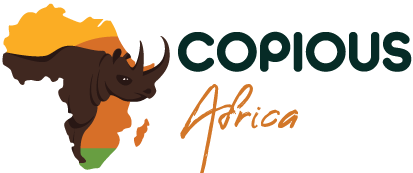Tarangire Safaris
Most travellers to northern Tanzania are on their way to the world-famous Serengeti and Ngorongoro Crater; few realise that the region is also home to one of the country’s most rewarding reserves – the Tarangire National Park.
Yet despite its easy accessibility, Tarangire is the least-visited destination on the so-called Northern Safari Circuit. Don’t let that put you off however: a Tarangire safari at the right time of year can deliver some of Tanzania’s best game viewing.
Best known for its elephant herds and tree-climbing lions, Tarangire is home to all the classic African savannah species plus a few unusual ones – such as the long-necked gerenuk – that you won’t see in the Serengeti. It’s home to all the big predators and with 550 species of bird on the tick list, it’s a fabulous destination for bird watchers.
But it’s Tarangire’s dry season that will have you reaching for the superlatives. Between June and October, the Tarangire River (running north-south through the park) attracts huge numbers of elephant, buffalo, giraffe and many antelope species. Go on a Tarangire safari at this time of year to see concentrations of animals rivalled only by those in the Ngorongoro Crater but, in the case of Tarangire, in a largely crowd-free environment.
The arrival of the short rains in November and December triggers a dispersal of animals away from the river, especially grazers like wildebeest and zebra. January and February are generally dry but the rain returns in March and visitors should avoid the heavy rains of April and May when much of the park is inaccessible and most camps close.
More densely vegetated than the open grasslands of the Serengeti, Tarangire is mostly covered in open woodland with thick forest set along the river – ideal cover for leopards. It’s also the best place in northern Tanzania to see the oddest-looking tree in Africa – the ‘upside down tree’ or baobab.
Travellers planning a safari to Tarangire will be pleased to hear that there’s plenty of excellent accommodation available in the park – ranging from family-friendly camps to honeymoon hideaways – and the park combines easily with the Serengeti, Ngorongoro Crater and Lake Manyara to make up the Northern Safari Circuit’s quartet of safari destinations.

Tarangire Tours & Safaris
If you’re looking for a safari in Tarangire National Park, look no further. Our range of Tarangire tours and safaris embrace a little-visited part of the famous northern Tanzania safari circuit, a destination that also boasts some of the region’s best dry-season game viewing.
Combining easily with next-door Lake Manyara as well as the iconic Serengeti and the Ngorongoro Crater, Tarangire offers a wide variety of accommodation options ranging from family-friendly lodges to intimate tented camps. Browse our recommended pre-packaged tours and safaris or simply contact us for a tailor-made itinerary.

Tarangire Accomodation
Accommodation in Tarangire National Park ranges from romantic tented camps to hotel-style family lodges. If you’re looking for an adventure in one of northern Tanzania’s least visited safari destinations, our selection of Tarangire accommodation is sure to inspire you and will make planning your Tanzania safari so much simpler.


